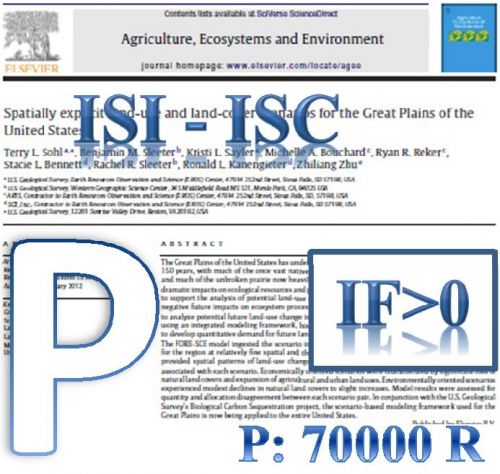Accommodation of continental convergence by crustal thickening and lateral transport is mainly featured as strike - slip faulting along the trends roughly orthogonal to the orientation of plate convergence. This style of faulting will affect seismicity and in low seismic zones by determining regional stress pattern using numerical methods. Accordingly, the stress distribution and deformation pattern of the South Sanandaj-Sirjan Zone in the northeastern part of the Iranian-Arabian collision zone is investigated here using a three dimensional three layered mechanical model. The modeled area is bounded between the Zagros Thrust Fault on the west and Dehshir- Baft Fault in the east. The Zagros Thrust Fault was treated with two different dip values saying 90 and 45 degrees but Dehshir- Baft Fault was modeled as a vertical fault and allowed to have a dextral movement regarding to the existing evidence. Two different approaches including a kinematic and a dynamic one were applied. The resulted stress field indicates an orogen-parallel component of right lateral shear along the Zagros fault implying a rotational deformation pattern within the modeled region. Based on the present modeling results, it seems that high stress localization on the boundary faults can be a support of block structure approach or quasi-rigid blocks deformation within the study area. The resultant patterns of stress and displacement fields are generally totally comparable with plate boundary shear zones proved by field data.
کلید واژگان :Zagros Thrust fault, Sanandaj-Sirjan Belt, numerical modeling, Shear zone, Eghlid-Deh Bid
ارزش ریالی : 1200000 ریال
با پرداخت الکترونیک
